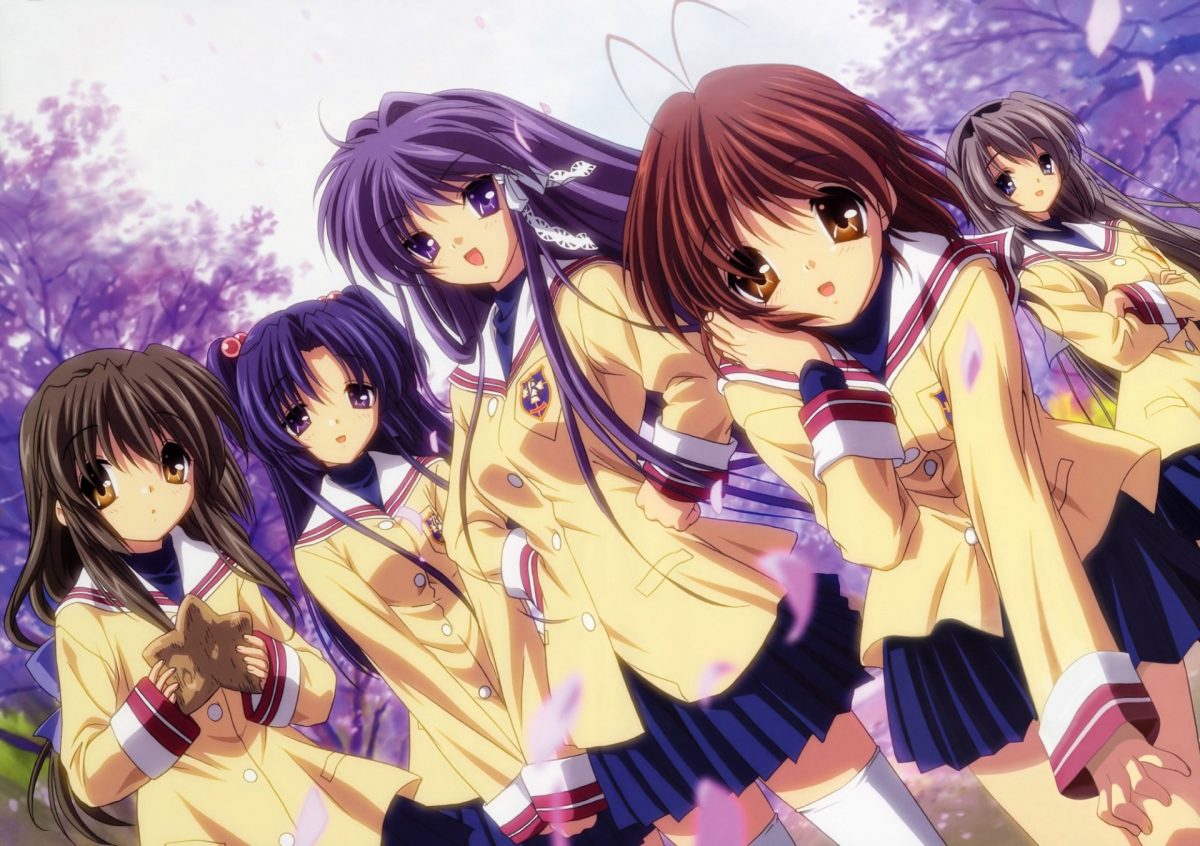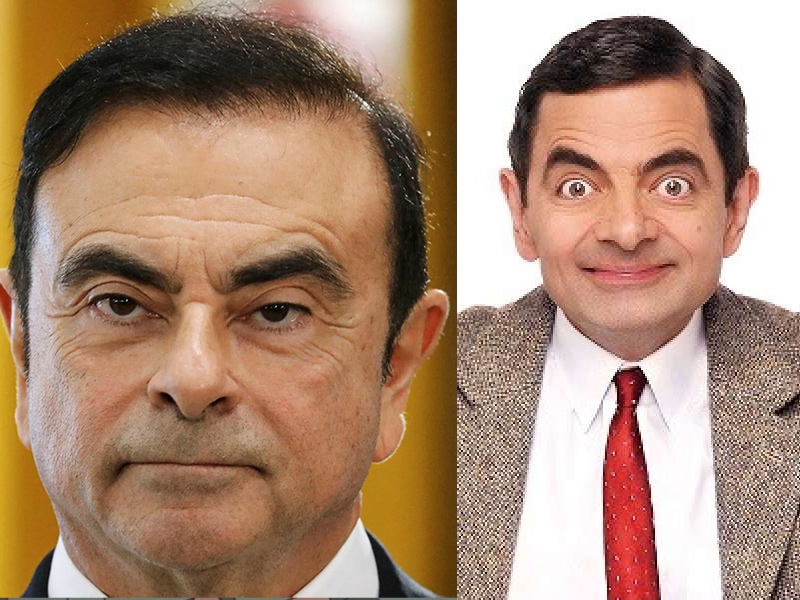The trial for the man responsible for the arson attack on the Kyoto Animation headquarters has begun, and the Japanese news is full of reports from the proceedings. In total, 23 sessions will be heard before the verdict is released on January 25, 2024. Aoba is expected to attend 11 of these, where he’ll be questioned, sometimes directly by families of the deceased and victims of the attack.
Let’s look at how justice is unfolding.
Why Did the Kyoto Animation Arson Attack Happen?
You never forget where you were when terrible world events occurred. On July 18, 2019, I was on the floor at Anime Expo selling to customers when a friend in Japan told me about news reports of an arson attack and fire at the KyoAni headquarters. A week later, 36 of the hardworking animators and other staffers who make the anime we all love had died.
The accused is Shinji Aoba, a fan who submitted a novel in a contest held by Kyoto Animation in 2017. He believed the company had stolen certain story elements from his novel, and the attack was revenge for this. He’s accused of dousing the ground floor and several employees with gasoline and then setting the building ablaze.
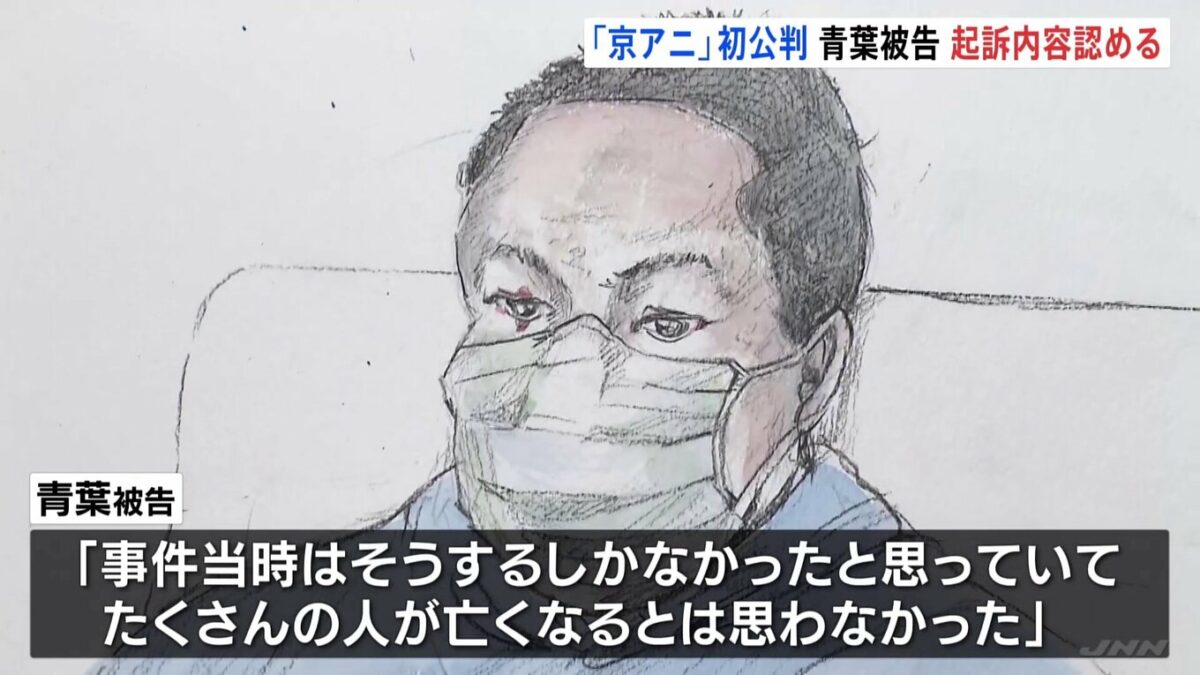
What Kind of Trial Will He Receive?
Japan has a mature legal system, which was established in the Meiji Era along Western lines. It was created with the assistance of various European nations and is said to be most similar to German and French civil law.
In court, the defendant admitted to the attack, saying in a quiet voice, “There’s no doubt that I did [the things I am accused of.] I had no idea so many people would die.” While Aoba did say, “I wish I could trade places [with the victims],” he did not offer words of apology to their families.
His lawyers have pleaded not guilty by reason of insanity, arguing that he should be given a reduced sentence due to his decreased mental state at the time. Prosecutors instead argued that Aoba was in full possession of his faculties at the time of the attack.
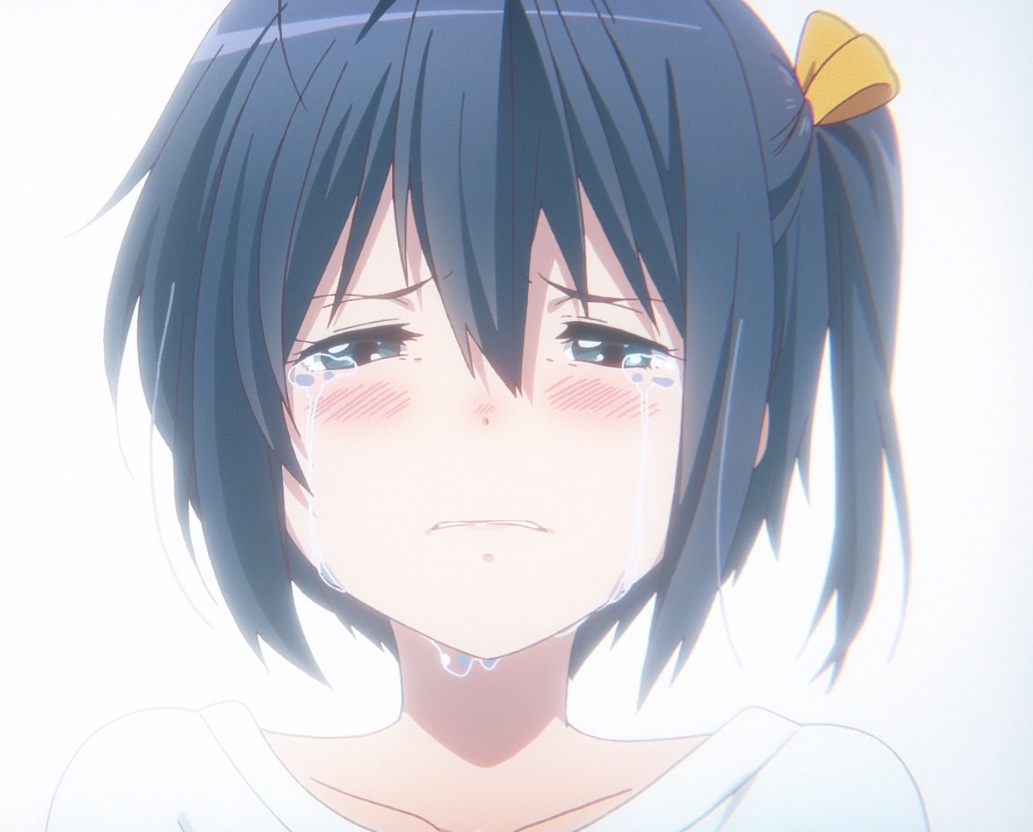
Why did Shinji Aoba commit this terrible crime? Various voices in the Japanese media have explored the topic. Before his frustration at not being able to get his light novel published, he served time in prison for robbing a convenience store in 2012. Earlier in his life, his father, sister and brother all committed suicide.
Does Japan Have the Death Penalty?
Yes. Japanese law reserves capital punishment for the murder of multiple individuals or in extreme cases, of a single individual. Since 1993, 134 executions have been carried out.
Executions in Japan are often done in batches, and by tradition, often as a Prime Minister is leaving office. One of the most welcome executions came on July 6, 2018, when Shoko Asahara and six other members of the Aum Shinrikyo religious cult were executed for various crimes. These included the 1995 nerve gas attack in Tokyo and the murder of lawyer Tsutsumi Sakamoto, his wife and infant son.
Capital punishment is always done via hanging in Japan. Once all legal appeals have been exhausted and the sentence upheld by a higher court, the convicted person generally sits alone in a cell for years, where they’re expected to reflect on what they’ve done. They never know if today is the day the sentence will be carried out.
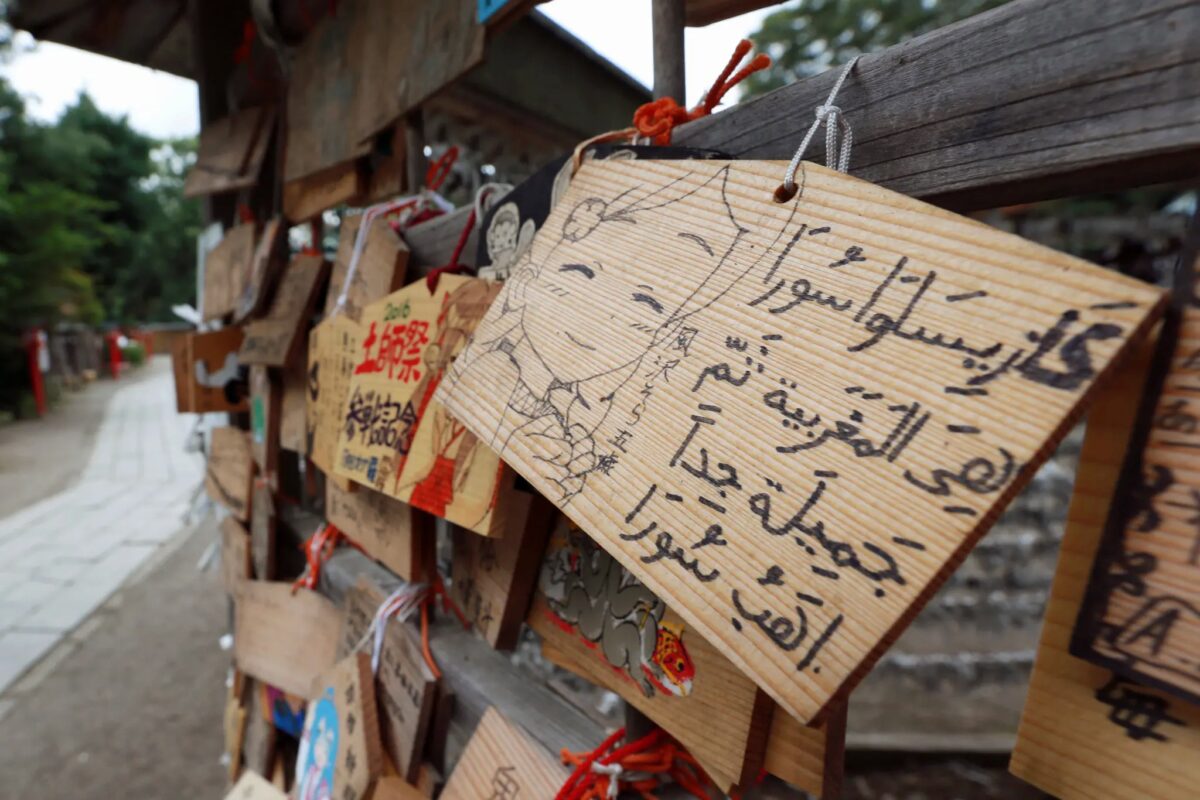
Will There Be Justice Against The Kyoto Animation Arsonist?
If the court finds Shinji Aoba guilty and responsible for his actions, the likelihood that he will receive the death penalty seems high. Other mass murderers, such as the perpetrator of the 2008 Akihabara attack that claimed seven lives, have received the death penalty.
And yet, great as our anger at Aoba for this terrible crime, it’s up to the Japanese legal system to determine if he’s responsible for his own actions based on his mental state. After the assassination of former Prime Minister Shinzo Abe, I expected to hear a discussion of the death penalty for Abe’s killer. This was a man who blamed the Unification Church for brainwashing his mother into donating her entire fortune to the cult, which has had a connection to Abe’s family for decades. Instead, there was an outpouring of public sympathy for the man’s situation, as well as anger at the various abuses of the Unification Church Family Federation for World Peace and Unification over the decades.
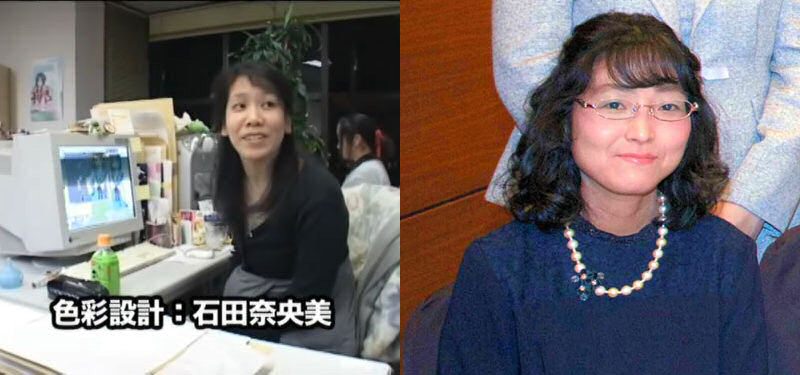
The Victims of the Kyoto Animation Arson Attack
With so many victims having lost their lives in the attack, it can be hard to recognize each individual and what they brought to the community. Here are four standout KyoAni staffers who unfortunately perished that day:
- Yasuhiro Takemoto, director of The Disappearance of Haruhi Suzumiya, Hyouka, Amagi Brilliant Park and Miss Kobayashi’s Dragon Maid.
- Sachie Tsuda. She was a veteran digital painter who had worked on pretty much every one of KyoAni’s works.
- Naomi Ishida, another digital painter and color expert who had worked with the company since 2006.
- Yuka Kasama, age 22. A new hire at the company, who had just had some of her first animation cuts approved for use.
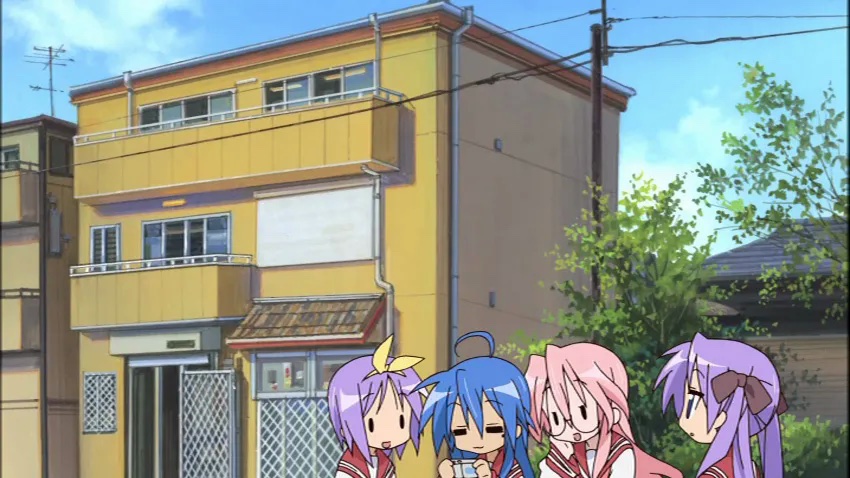
Kyoto Animation was founded in 1985 in the aftermath of the bankruptcy of Mushi Production, the influential animation studio started by Tezuka Osamu.
Thanks for reading this post about the trial of Kyoto Animation arson Shinji Aoba. What are your views on the trial? Tell us in the comments below!
If you’re on social media, follow us on these platforms!
- Twitter, where Peter posts anime booba for you
- Facebook, where we share memes and discuss anime
- Instagram, for fans who want to keep up with J-List products in your Insta timeline
- Discord, if you want to chat with other J-List customers of culture
- Finally, check out J-List’s new short video blogs on YouTube or TikTok!
 AI is everywhere these days, even in Japan’s naughty toy industry! Tamatoys used hundreds of previously released products to train an AI algorithm to create the perfect sexual experience for men! Read our newest review of the AiV (“Artificial Intelligence Vagina”) No. 3 on the J-List blog here!
AI is everywhere these days, even in Japan’s naughty toy industry! Tamatoys used hundreds of previously released products to train an AI algorithm to create the perfect sexual experience for men! Read our newest review of the AiV (“Artificial Intelligence Vagina”) No. 3 on the J-List blog here!






